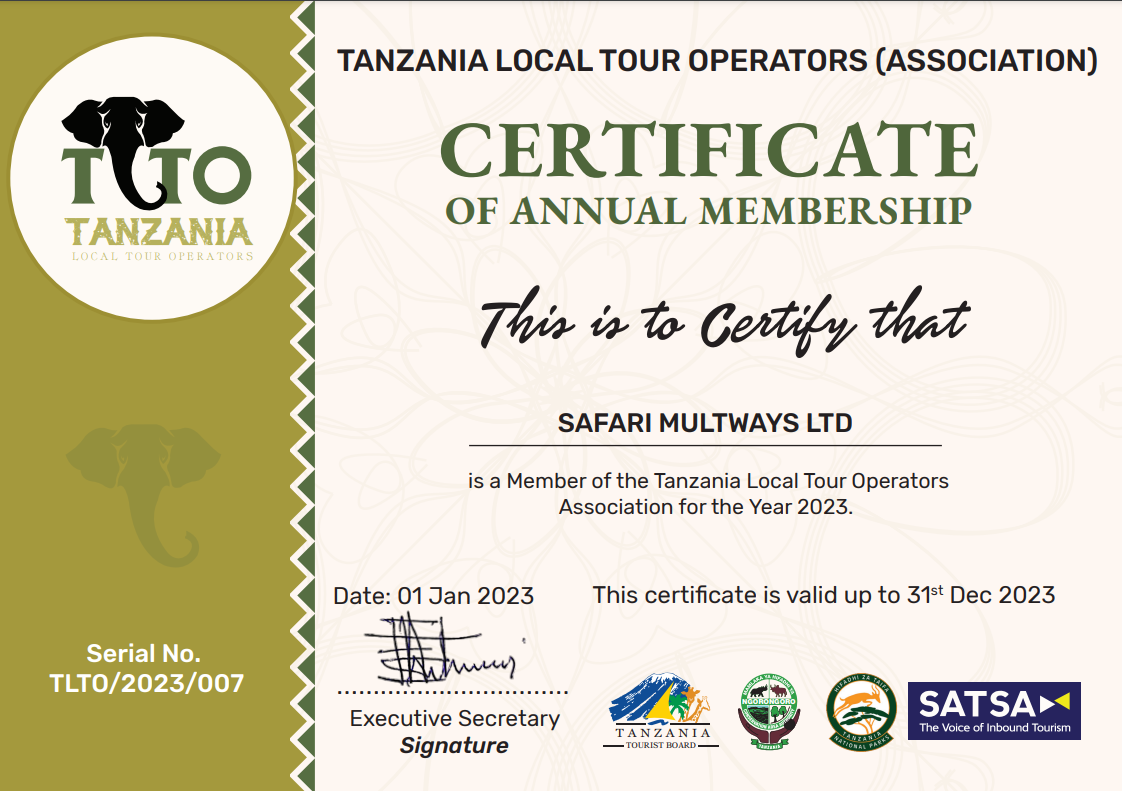Unveiling the Timeless Traditions of the Maasai Tribe in Kenya
Exploring the Rich Cultural Heritage of the Maasai Tribe
Nestled in the heart of Kenya, the Maasai tribe stands as a testament to the rich cultural heritage of Africa. With their vibrant clothing, intricate beadwork, and age-old traditions, the Maasai people have captured the fascination of travelers and anthropologists alike.
The Maasai are a semi-nomadic tribe known for their pastoral way of life, herding cattle, goats, and sheep across the vast savannahs of East Africa. Their traditional dwellings, known as "manyattas," are made of mud, sticks, grass, and cow dung, reflecting their deep connection to the land and their livestock.
One of the most striking aspects of Maasai culture is their distinctive clothing. The men often wear a red shuka (a type of cloth) draped over their shoulders, while the women adorn themselves with intricate beadwork and colorful fabrics. These adornments serve not only as decorative elements but also as symbols of identity and status within the community.
Delving into the Ancient Customs and Rituals of the Maasai
The Maasai people have a rich tapestry of customs and rituals that have been passed down through generations. One such tradition is the rite of passage for young boys, known as the "circumcision ceremony." This ritual marks the transition from boyhood to manhood and is a significant event in Maasai culture. During the ceremony, the boys must demonstrate their bravery and endurance as they undergo the circumcision process without showing any signs of pain.
Another important custom practiced by the Maasai is their intricate system of social organization. The tribe is divided into clans, each with its own set of responsibilities and duties. Elders, known as "Laibon," hold a position of authority within the community and are responsible for making important decisions and settling disputes.
Perhaps one of the most enduring traditions of the Maasai is their vibrant oral storytelling tradition. Through songs, chants, and dances, the Maasai pass down their history, values, and beliefs to future generations. These stories serve as a means of preserving the tribe’s cultural heritage and are a source of pride and identity for the Maasai people.
In conclusion, the Maasai tribe in Kenya offers a fascinating glimpse into the timeless traditions and customs of African culture. From their distinctive clothing to their unique rituals and social organization, the Maasai people continue to uphold their heritage in the face of modernization and globalization. By exploring and understanding the rich cultural heritage of the Maasai tribe, we gain a deeper appreciation for the diversity and complexity of human societies around the world.



